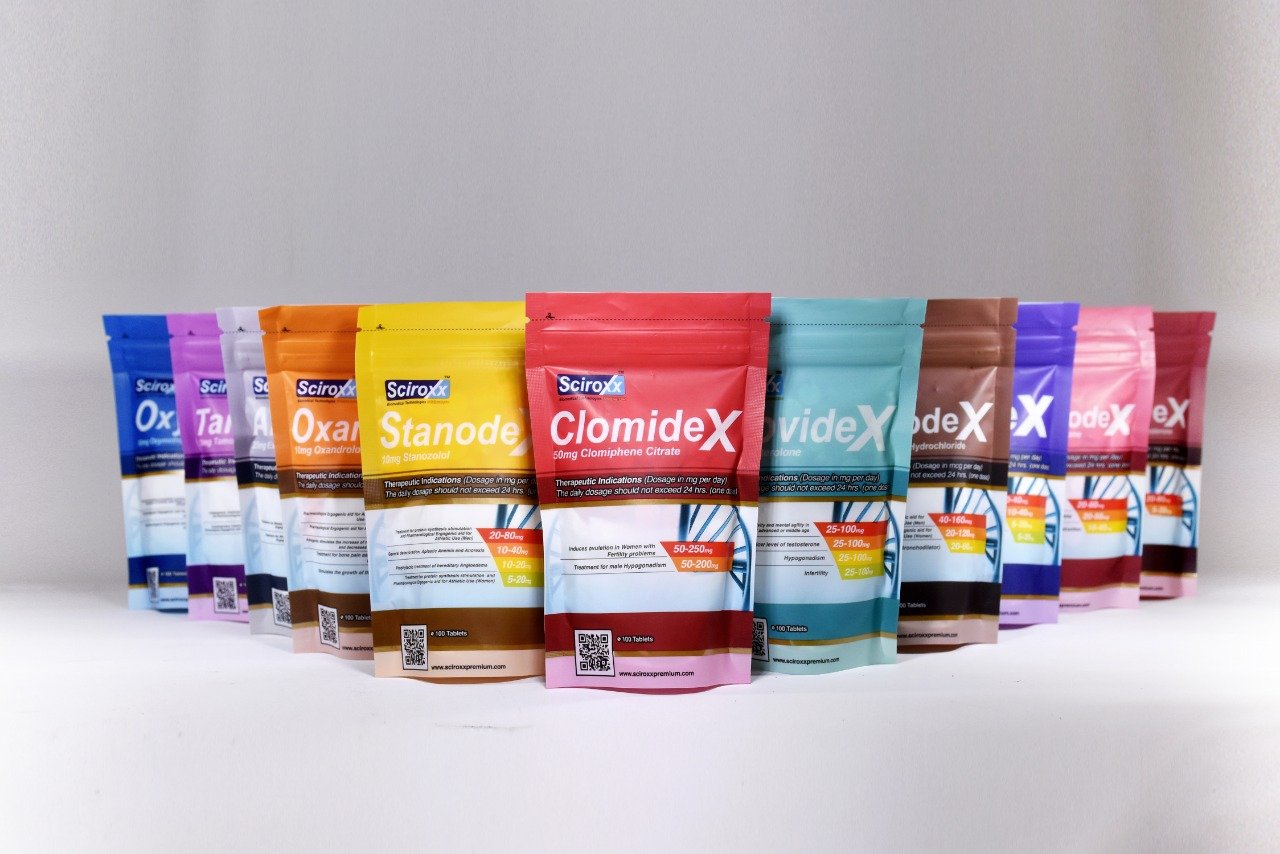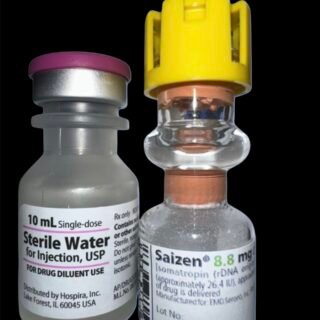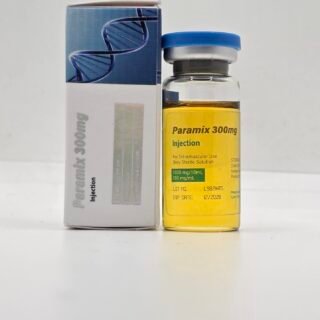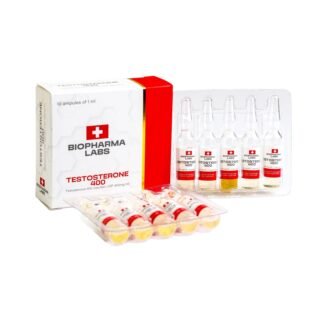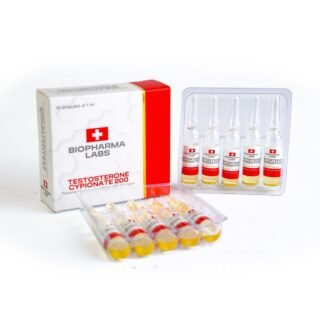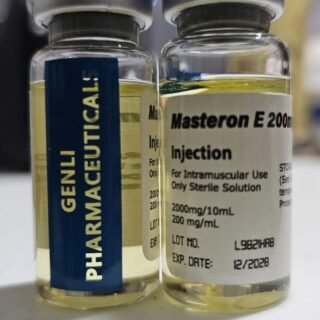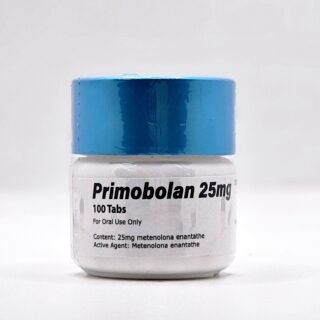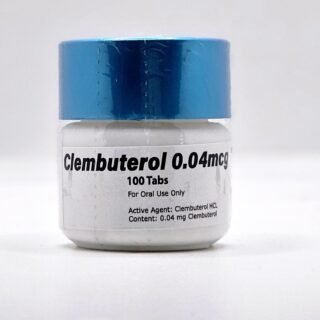Category
- Best Peptides for muscle growth
- Geno Pharma Domestic Warehouse 2 (Canada&USA)
- GP(Domestic Shipping US) Warehouse 1
- Human Pharma Premium
- Phar Labs Premium-Select
- Steroids on Sale USA, Real Steroids Online
- New arrivals in USA
- Most popular steroids in USA
- Antiestrogens / Gonadotropins
- Bangkok Steroid USA
- Biopharma Steroid USA
- British Dragon
- Anabolic Steroids for Horses
- Fat-burners
- Gen Pharma USA
- Medical Pharma Steroid USA
- Medical Tech Steroid USA
- Novocrine Steroids
- HGH USA
- Omega Labs Steroid USA
- Rotterdam Steroids USA
- SARMs USA
- Sciroxx
- Sydgroup Steroid USA
- Big vetenary Steroid USA
- Watson Steroids
- XT Labs Steroids
Most Popular steroids USA
-
 Saizen 8.8 mg (Somatropin) 26.4 UI Domestic USA
Saizen 8.8 mg (Somatropin) 26.4 UI Domestic USA
$115.00Original price was: $115.00.$98.00Current price is: $98.00. -
 PARAMIX 300 Genli Pharma – Trenbolone A, E & Hexa Mix 10 ml
PARAMIX 300 Genli Pharma – Trenbolone A, E & Hexa Mix 10 ml
$110.00Original price was: $110.00.$99.00Current price is: $99.00. -
 Testosterone 400 Biopharma 10 Ampoules
Testosterone 400 Biopharma 10 Ampoules
$99.00Original price was: $99.00.$75.00Current price is: $75.00. -
 Testosterone Cypionate 200 Biopharma 10 amp
Testosterone Cypionate 200 Biopharma 10 amp
$99.00Original price was: $99.00.$72.00Current price is: $72.00. -
 Drostanolone Enanthate 200mg 10 ml - Masteron Enanthate
Drostanolone Enanthate 200mg 10 ml - Masteron Enanthate
$110.00Original price was: $110.00.$90.00Current price is: $90.00. -
 Primobolan Pills 25mg 100 pills Domestic USA
Primobolan Pills 25mg 100 pills Domestic USA
$99.00Original price was: $99.00.$85.00Current price is: $85.00. -
 Clenbuterol for Sale 40mcg 100 Tabs - GP Premium Domestic USA
Clenbuterol for Sale 40mcg 100 Tabs - GP Premium Domestic USA
$99.00Original price was: $99.00.$65.00Current price is: $65.00.


Table of Contents
ToggleNandrolone decanoate for men with osteoporosis
Hamdy RC, Moore SW, Whalen KE, Landy C.Am J Ther. 1998 Mar;5(2):89-95.
To compare the efficacy and safety of nandrolone decanoate and calcium (NDC) with those of calcium alone (CAL) in men with idiopathic osteoporosis, a 12-month, randomized, prospective, controlled study, was performed in an outpatient clinic.
Twenty-one men with idiopathic osteoporosis (as determined by radiological and dual energy x-ray absorptiometry findings) were randomly allocated to either 50 mg nandrolone decanoate intramuscularly (im) weekly and 1,000 mg oral calcium carbonate daily (NDC group) or to 1,000 mg oral calcium carbonate daily (CAL group).
Bone densitometry (total body, left femur, and lumbar spine), serum, and urine biochemical parameters were measured at 3-month intervals. In the NDC group, bone mineral density initially increased, reached a plateau, and then decreased to near baseline levels at 12 months. Increases in lean muscle mass mirrored these changes. Free and total testosterone significantly decreased.
Hemoglobin increased in all patients in this group. Patients in the CAL group exhibited no significant change in either total body or bone mineral density or biochemical parameters.
Thus, nandrolone decanoate, 50 mg im weekly, transiently increases the bone mass of men with idiopathic osteoporosis in this preliminary study. Careful monitoring is necessary.
Effects of nandrolone decanoate on bone mass in established osteoporosis.
Passeri M, Pedrazzoni M, Pioli G, Butturini L, Ruys AH, Cortenraad MG.
Maturitas. 1993 Nov;17(3):211-9.
A double-blind, randomized, placebo-controlled study was conducted in 46 postmenopausal women with established osteoporosis in order to assess the long-term effects of nandrolone decanoate on the bone mineral density (BMD) of the lumbar vertebrae and of the distal third of the radius and on the biochemical markers of bone turnover. The patients received intramuscular injections of placebo or 50 mg nandrolone decanoate every 3 weeks for 18 months.
Thirty-two of the initial 46 patients completed 1 year of study and 25 completed the whole study period of 18 months. Overall, vertebral BMD increased by 2.9% in the nandrolone decanoate group and fell by 2.3% in the placebo group. Radial BMD showed a slight but transient improvement, with a subsequent return to basal levels in the nandrolone decanoate group, whereas there was a progressive decrease in the placebo group. Patients treated with nandrolone decanoate also complained less of bone pain.
Urinary hydroxyproline decreased significantly in treated patients, whereas osteocalcin tended to increase, but the change was not significant. HDL cholesterol concentrations decreased only slightly and haemoglobin increased significantly in the nandrolone decanoate group. Two patients treated with nandrolone decanoate withdrew from the study because of hirsutism and hoarseness. The results indicate that nandrolone decanoate exerts positive effects on vertebral BMD and on bone pain in patients with established postmenopausal osteoporosis.
Effects of nandrolone decanoate therapy on bone mass and calcium metabolism in women with established post-menopausal osteoporosis: a double-blind lacebo-controlled study.Gennari C, AgnusDei D, Gonnelli S, Nardi P.Maturitas.
1989 Sep;11(3):187-97.
In many patients with involutional osteoporosis anabolic steroids may produce a rapid subjective improvement and a pronounced reduction in the frequency of complaints. Animal experiments have demonstrated that anabolic steroids can also have an objective effect on bone tissue. Twenty (20) post-menopausal osteoporotic patients were randomly assigned to 2 different treatment regimens; 10 patients were treated with 50 mg i.m. of nandrolone decanoate (ND) every 3 wk for 12 mth and 10 patients were treated with a placebo.
Both groups also received an oral calcium supplement (1 g/day). Bone mineral content (BMC) was measured by dual photon absorptiometry before and after 1, 3, 6 and 12 mth of treatment. Plasma alkaline phosphatase (ALP) and urinary hydroxyproline excretion were measured at the same time.
Intestinal calcium absorption was measured by the 47Ca oral test before and after treatment. A transiliac bone biopsy was performed before and after treatment in 4 patients in each group. After 1 yr there was a significant increase in lumbar spine BMC in the group receiving calcium plus ND. A progressive increase in plasma ALP was also observed in the group treated with ND but this was not significant, whereas radiocalcium absorption did increase significantly in this group.
Histomorphometric study of bone samples demonstrated a significant increase in trabecular bone volume (TBV) and in active osteoid surface area in the patients treated with ND. Because plasma ALP tends to increase when a small decrease in bone resorption occurs (as measured by urinary hydroxyproline excretion) and the active osteoid surfaces also significant augment, we concluded that ND therapy increases the bone formation rate through inhibition of bone resorption. This interpretation could explain the considerable increase in lumbar spine BMC and the significant increase in TBV observed in patients treated with ND.
Share this page:
- Click to share on X (Opens in new window) X
- Click to share on Facebook (Opens in new window) Facebook
- Click to email a link to a friend (Opens in new window) Email
- Click to share on LinkedIn (Opens in new window) LinkedIn
- Click to share on Reddit (Opens in new window) Reddit
- Click to share on Pinterest (Opens in new window) Pinterest
- Click to share on Telegram (Opens in new window) Telegram
- Click to share on WhatsApp (Opens in new window) WhatsApp
- Click to share on Tumblr (Opens in new window) Tumblr
Written by Steroids USA
Pay with WISE APP or Remitly
Pay with WISE App or Remitly
Fast money transfers from USA for fast delivery of steroids
Secure delivery in USA
100% reliable shipping in USA
24x7 Support
Online 24 hours
Low cost delivery
Great shipping prices in USA
BULK ORDER DISCOUNT
If you are a reseller in the USA you can get a special DISCOUNT, we can give you up to 50% or more on bulk orders. If you want to make a bulk order, we can negociate for orders of over USD$4,000, contact us by email.
Steroids info

